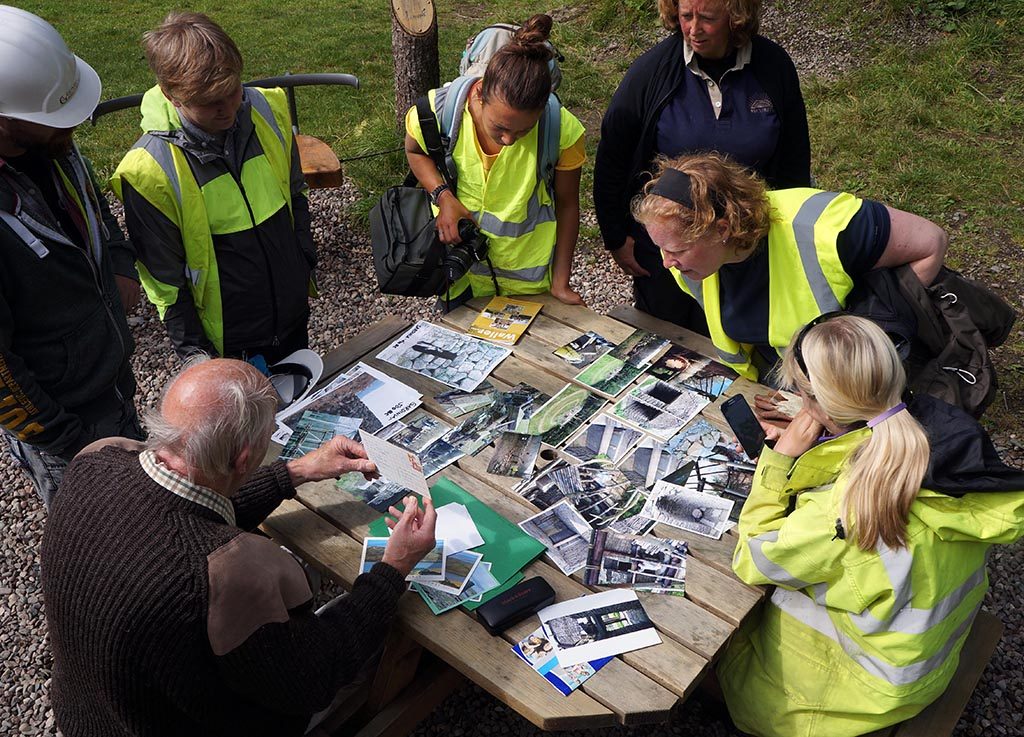Archaeology needs to be a profession which is diverse and fit for the future. By creating different entry routes, like utilising a modern apprenticeship, we can start to address this.
How do you become an Archaeologist?
It’s a question that I have been asked repeatedly throughout my career. The answer usually includes studying archaeology at university. It’s certainly the route I took and it’s often the route taken by my colleagues and peers.
Going to university isn’t for everyone and as costs to attend get higher, access gets more difficult. This has a knock-on effect for archaeology, It means we start to draw from a smaller pool of talent.
Therefore, as a profession, we need to start thinking differently. We need to consider the development of different entry routes into a career in archaeology.
Fit for the future
The Chartered Institute for Archaeologists is the lead professional body for archaeology. CIfA has been actively involved with Scotland’s Archaeology Strategy since its inception.
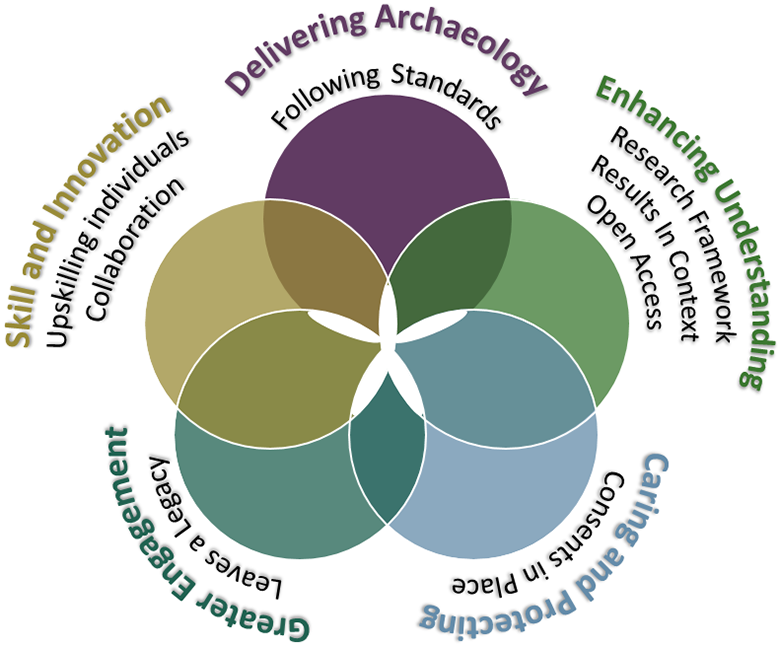
The Scottish Archaeology Strategy framework
Aim 5 of the strategy is entitled ‘Innovation and Skills’. It will help our profession be fit for the future. The key objective is to:
Ensure that people have the opportunity to acquire and use the archaeological skills that they need or desire, and that those skills provide the underpinning for innovation in the understanding, interrogation, learning and funding of archaeology”
This aspiration is at the heart of what CIfA does. We champion professionalism in archaeology. We ensure that archaeologists have the right skills and knowledge to work within the historic environment.
We promote high professional standards and strong ethics in archaeological practice, to maximise the benefit that archaeologists can bring to society.
Rethinking
Thanks to the development of a modern apprenticeship in archaeological field skills, there has never been a better time to rethink entry routes into a career in archaeology.
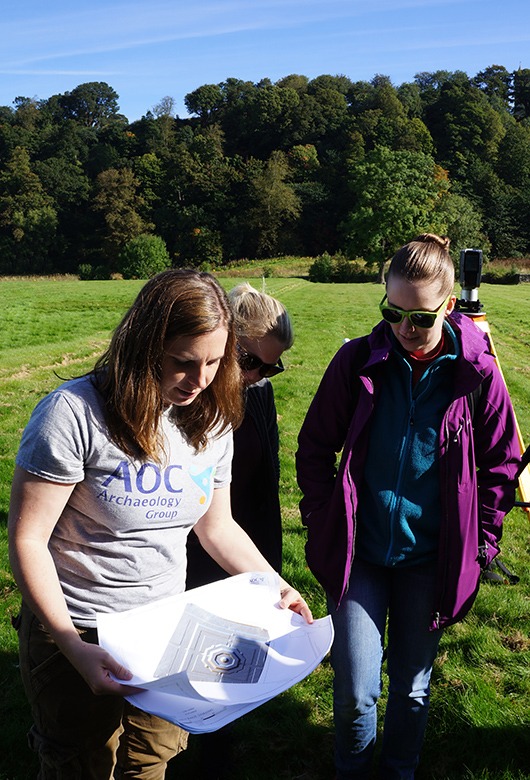
Our work is being delivered against a wider backdrop of initiatives supported by Scottish Government. These include the ‘Attainment Gap Challenge’ and the development of Foundation, Modern and Graduate Apprenticeships.
They ensure that every young person has the chance to succeed and that the Scottish workforce is continually developing.
The heritage sector
Looking to our sector, heritage developments are being driven forward strategically through Our Place in Time and the Archaeology Strategy.
The forthcoming Skills Investment Plan for the heritage sector (led by Skills Development Scotland and Historic Environment Scotland) will help us consider where resources need to be focused for skills development.
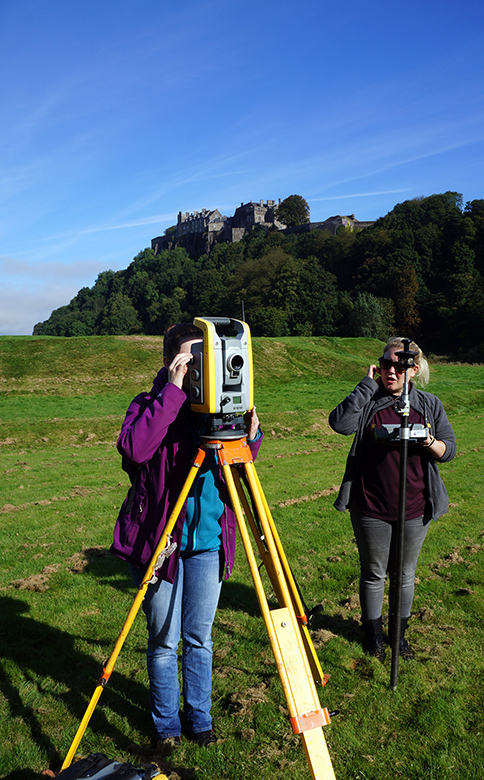
We have a head start with an apprenticeship scheme due to the work completed in England by the Historic England’s Trailblazer scheme. While any initiative will need to be fit for purpose within a Scottish context, the key characteristics identified are the same.
Back in Scotland, thanks to funding from Historic Environment Scotland, CIfA is supporting and co-ordinating several initiatives including the development of a modern apprenticeship in Archaeology.
Guided by a new industry panel (Archaeology Skills and Training in Scotland) we are working with Skills Development Scotland to produce our business case for a modern apprenticeship in field archaeology.
Hopefully this will be the first of many frameworks developed by our industry.
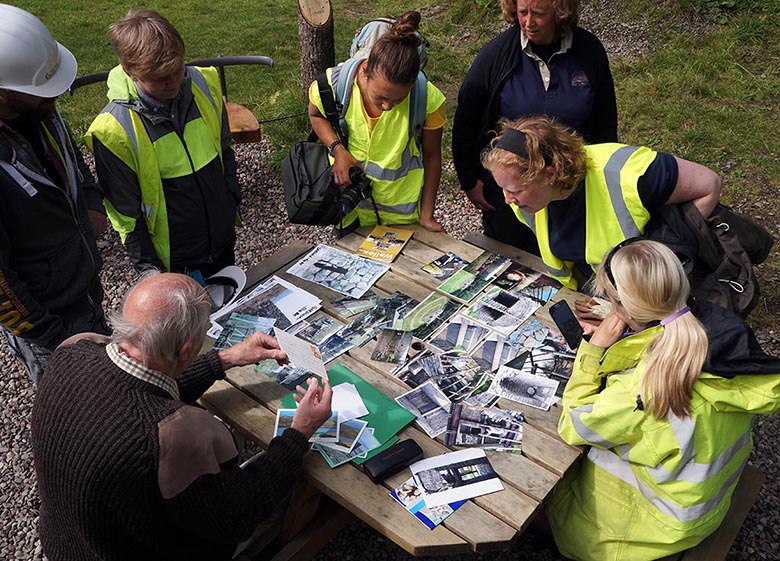
Incredible assets
Having worked for many years on the Scottish Waterways Trust canal college employability scheme, I know archaeology is missing out on some incredible talent by not having different entry routes into the profession.
The brilliant young people I have worked with over the years would be incredible assets to us. We need to be recruiting this talent to ensure we meet the demands expected of our profession.

